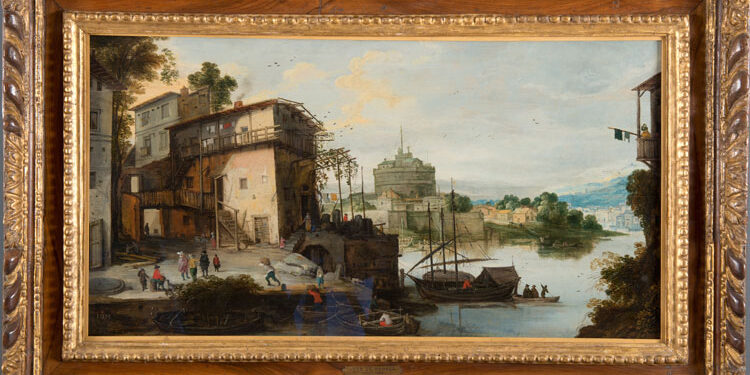Until 21 January 2025, the Museo Nacional Thyssen-Bornemisza will present in its room 17 the exhibition Marcos de colección (Collection frames), installation of eleven works from the permanent collection of the fourteenth to seventeenth centuries whose frames, three of them original, they exemplify the artistic relevance of this element.
This exhibition, curated by Mar Borobia, includes works from Spain, France, Italy, Germany and the Netherlands that show a wide variety of styles according to the period in which they were made and the criterion of fashion, mainly furniture, Always adding value to the paintings they accompany, beautify and protect.
Although not many original frames have become part of the collection, many important antiques have been preserved. Baron Hans Heinrich Thyssen-Bornemisza himself paid particular attention to this unique aspect of collecting and even requested two studies of the frames in his collection in the 1980s. The selected for this exhibition show a high technical and stylistic quality that make them unique and valuable pieces in themselves and, They also provide additional information that helps to understand more fully the historical and artistic context of the paintings they frame.
The three works with original frames are the portable Triptych of the Crucifixion (1370-1375) by Lorenzo Veneziano, whose frame, called architectural, is carved from the same panel in which the artist painted the work and imitates the portico of a Gothic church. Second, the Diptych of the Annunciation (1433-1435), by Jan van Eyck, which is part of the tradition of the North European altarpieces of the Renaissance and whose peculiarity lies in the fact that the artist painted two frames in a way of cheating, a main one of reddish marble and a secondary one that simulates grey stone as if it were marble or alabaster. Finally, the Portrait of Johann von Rückingen (obverse) and Character with shield (reverse), (1487), by Wolfgang Beurer, which has a characteristic framing of the German Renaissance and whose pictorial decoration on the side rails indicates that it was made ex profeso for the painting.






